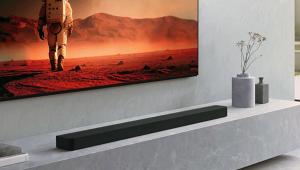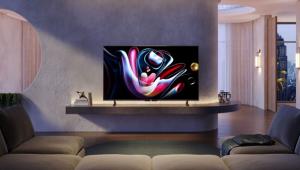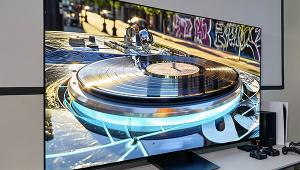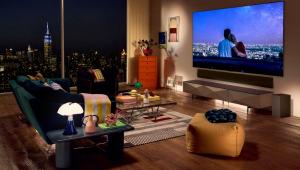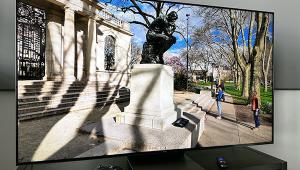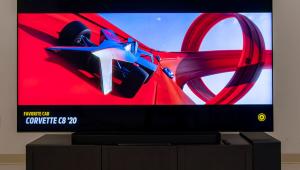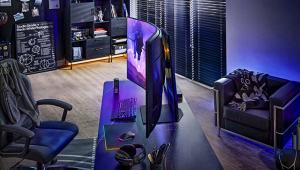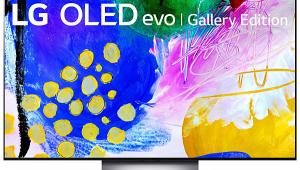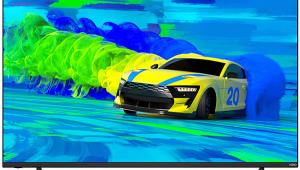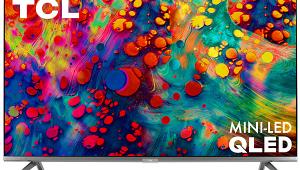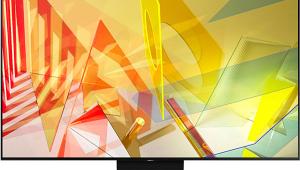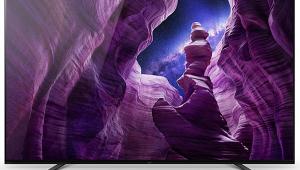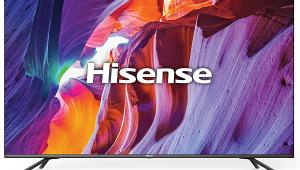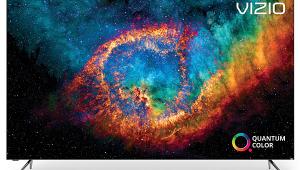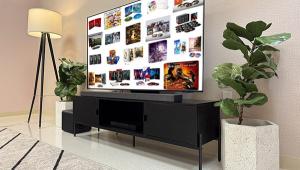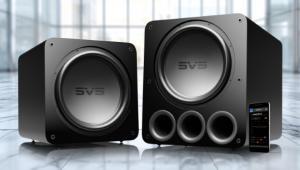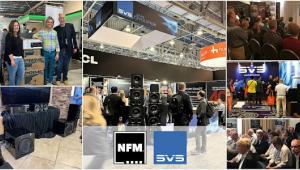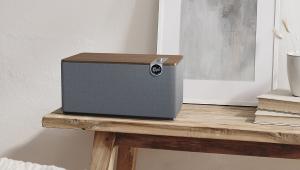Sony XBR-55X900B LCD/LED Ultra HDTV Test Bench
Measurements were made using CalMAN measurement software from SpectraCal, together with Photo Research PR-650 and Klein K-10A color meters and the VideoForge pattern generator from AVFoundry.
Full-On/Full-Off Contrast Ratio: Unmeasurable


With the Backlight on 3, the Picture (Contrast) control at 70, the Brightness at 50, the Gamma at –2, and the LED Dynamic Control on Standard, the measured peak white level was 35.7 foot-lamberts and the black level 0.000 ft-L. This doesn’t mean that the set has infinite contrast, but only that the LEDs turn off in the presence of a black signal, such as fadeouts between scenes, thus turning the screen totally black. When a small bright spot appears—for example, a pause bug from a disc player in a corner of the image—the center lights up slightly, but it still remained a relatively dark 0.0035 ft-L, for a full-on/full-off contrast ratio of 10,200:1.
With the LED Dynamic Control off (thereby defeating the set’s edge-lit local dimming) and a full black screen, the black level measured 0.0012 ft-L, for a full-on/full-off contrast ratio of 29,750:1. This is superb, but I saw no visible downside to leaving the LED Dynamic Control on Standard. With the set in its factory Vivid Picture Mode, the peak brightness measured 117 ft-L.
As with many displays having dynamic dimming (or, in a projector, a dynamic iris), the Sony’s gamma curve with LED Dynamic Control engaged was slightly S-shaped. But it was still acceptable. With the Gamma control on –2 (there are a total of seven gamma settings, from –3 to +3) and the LED Dynamic Control on Standard, the gamma averaged 2.25. Most of the deviations were at high brightness levels, with a high of 2.42 at 90% and a low of 2.04 at 80%. From 20% to 60%, the gamma remained between 2.21 and 2.31.
In the Warm 2 Color Temperature setting, the average pre-calibration gray-scale Delta E was a near perfect 1.0, with a maximum of 1.52 at 60% brightness. It barely needed calibration, but I performed one anyway (for 2D only). Post-calibration, the average gray-scale Delta E was 0.66, with a maximum of 1.45 at 100%. Delta E is a figure of merit indicating how close the color comes to the D65 HD standard at each point in the brightness range. Values below 3—some experts allow for 4—are generally considered visually indistinguishable from ideal.

The Delta E for the color gamut, with Live Color off, averaged 1.57, with red the primary offender at 2.8. The set doesn’t have a user color management system. Sony doesn’t offer this feature in any of its sets, but none was really needed here despite a slight measurable oversaturation in the red-yellow-green axis of the Rec. 709 color gamut (not obvious with regular source material).—TJN

